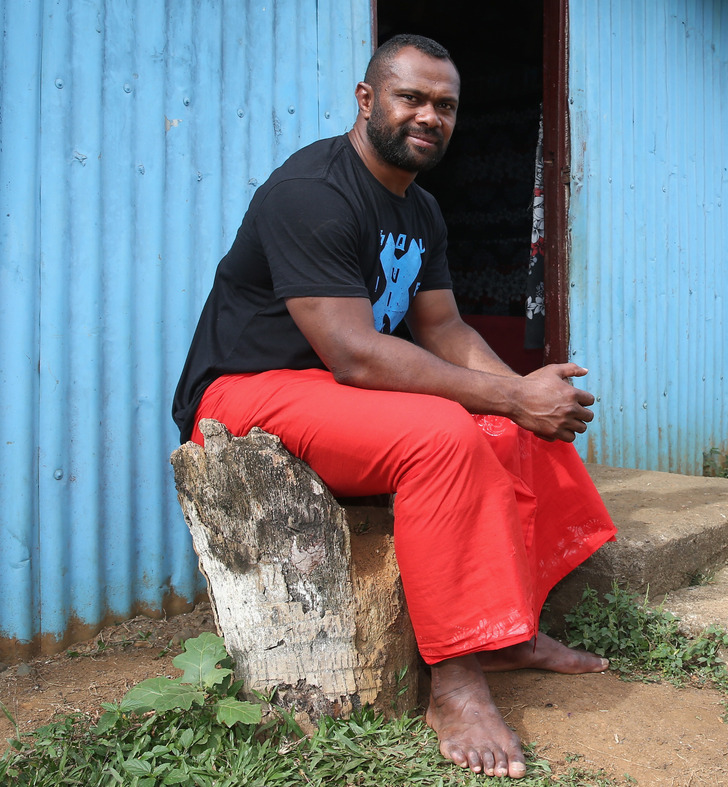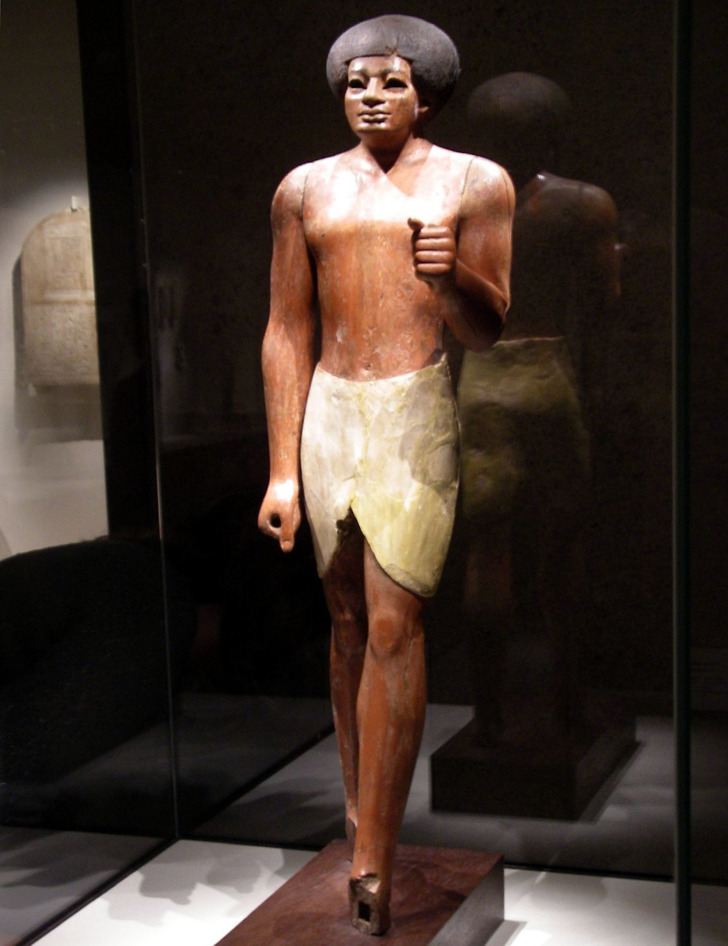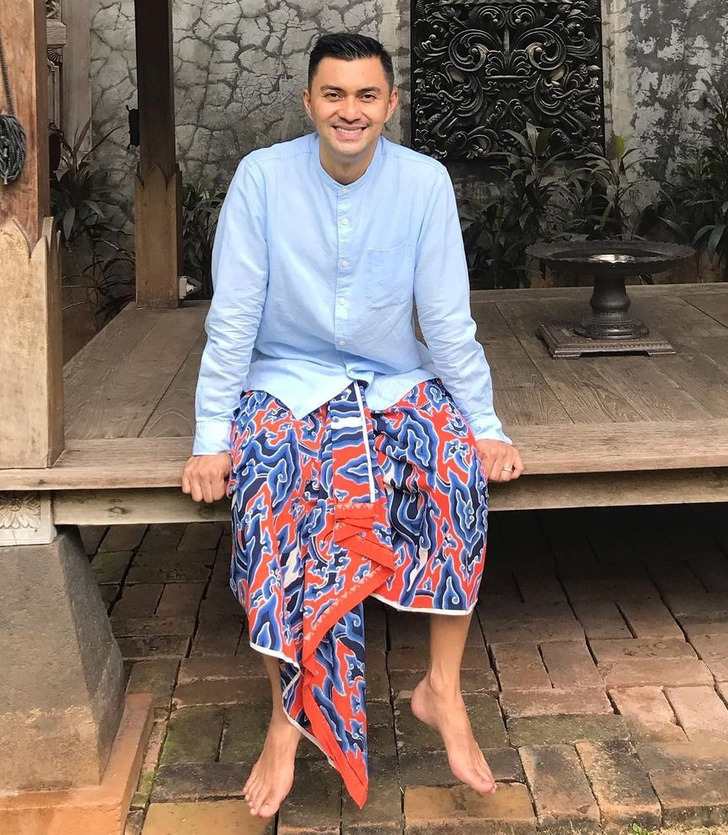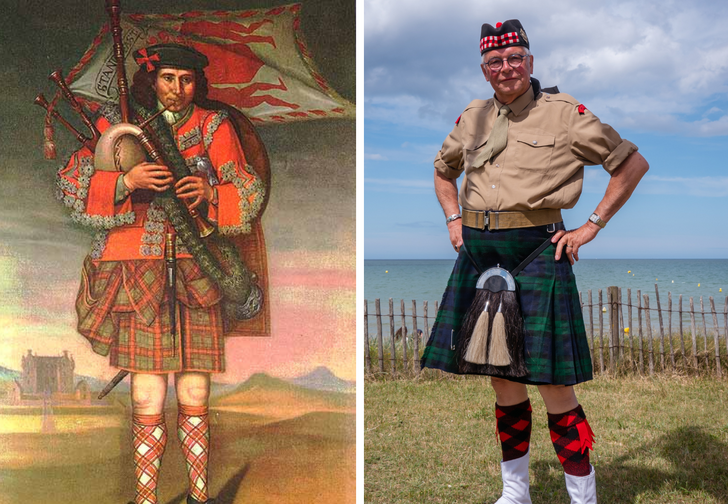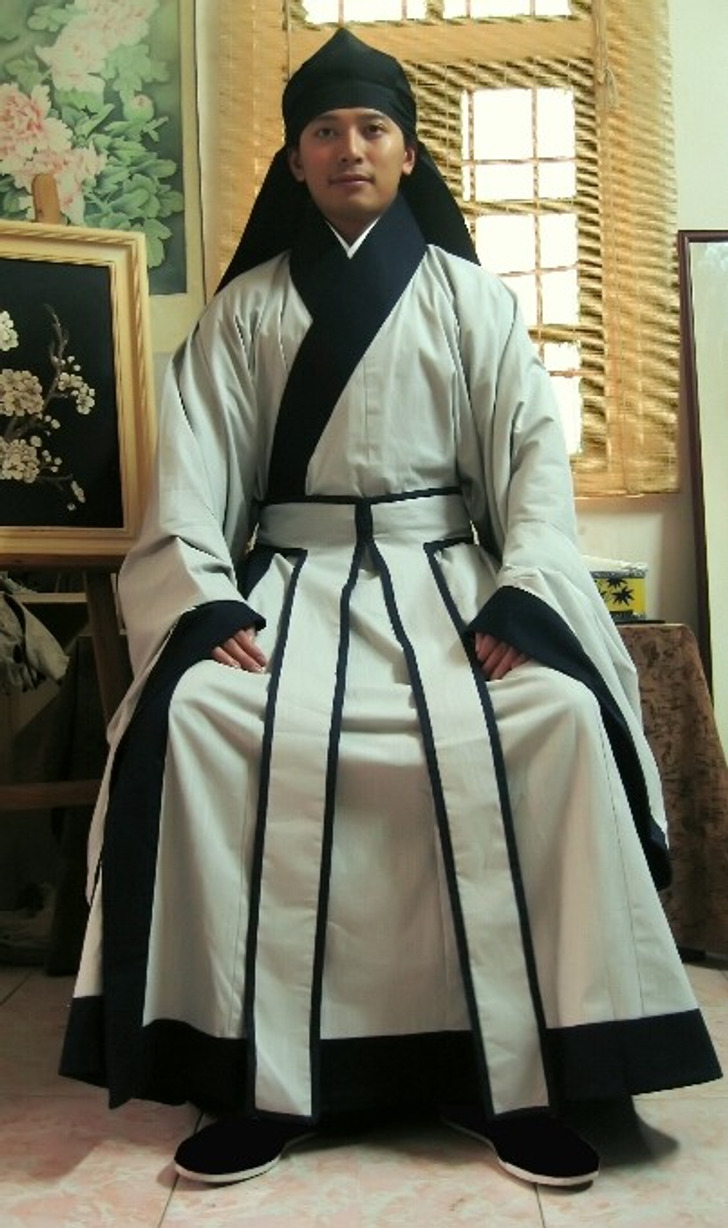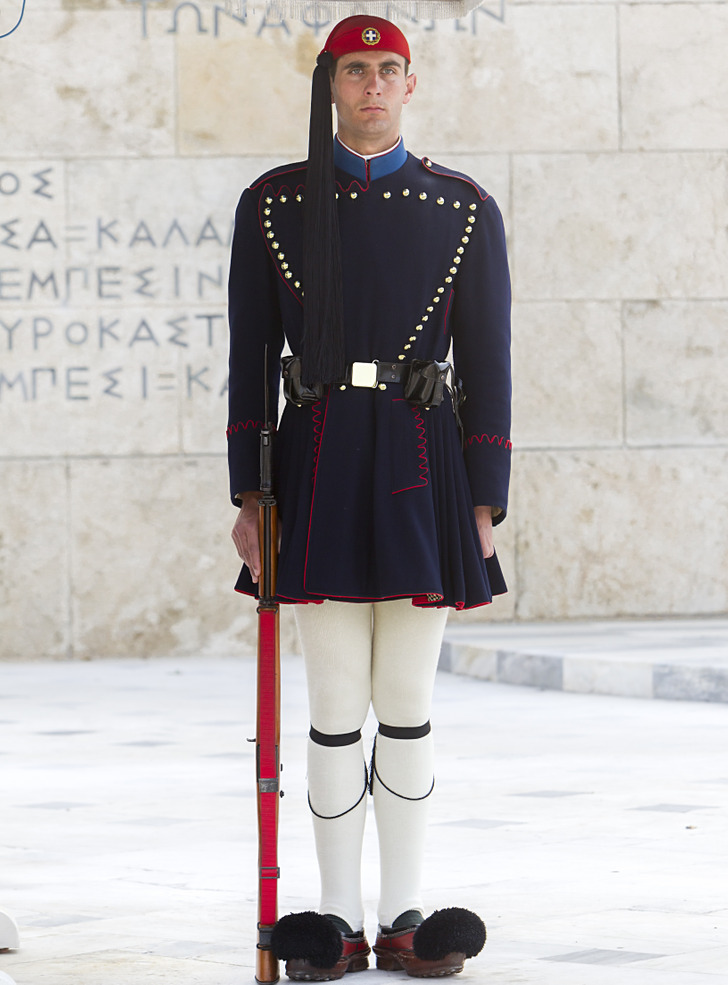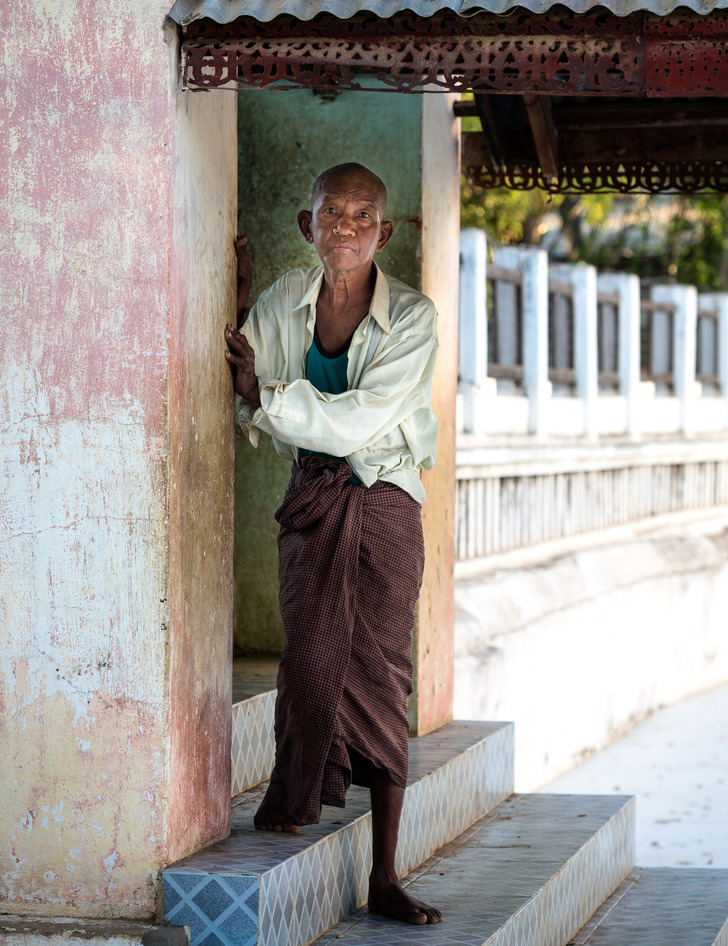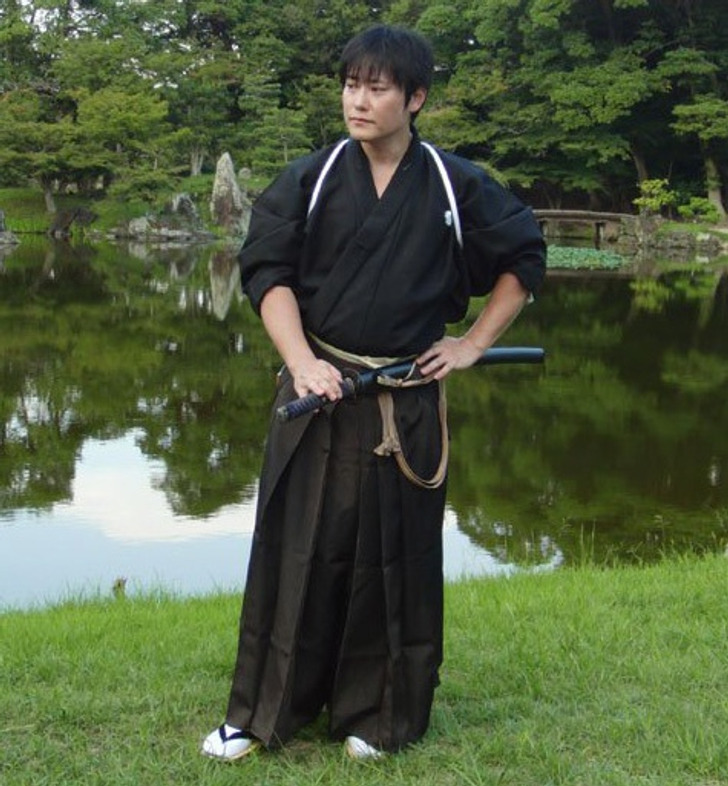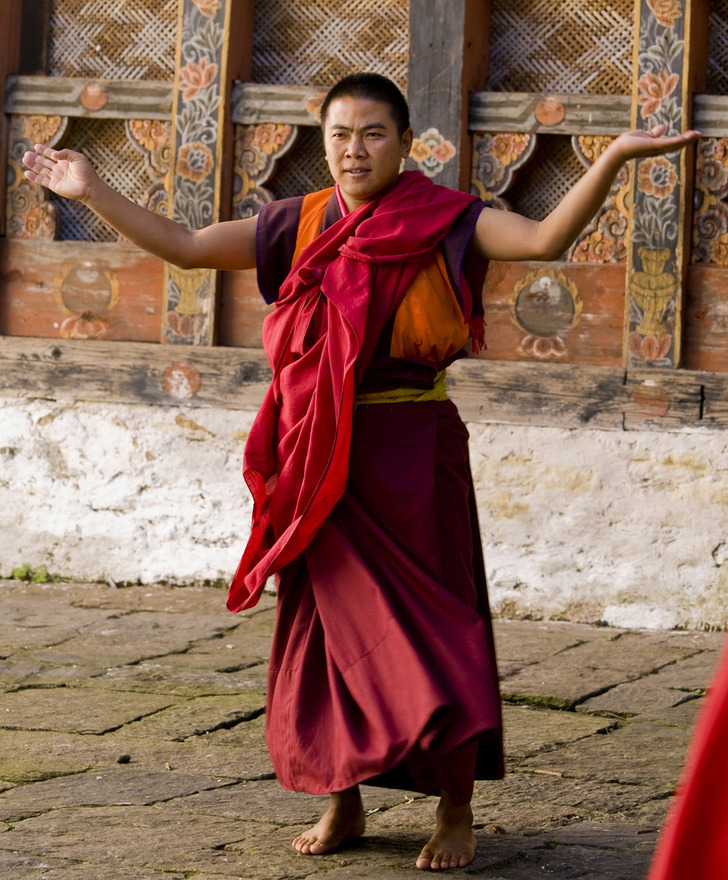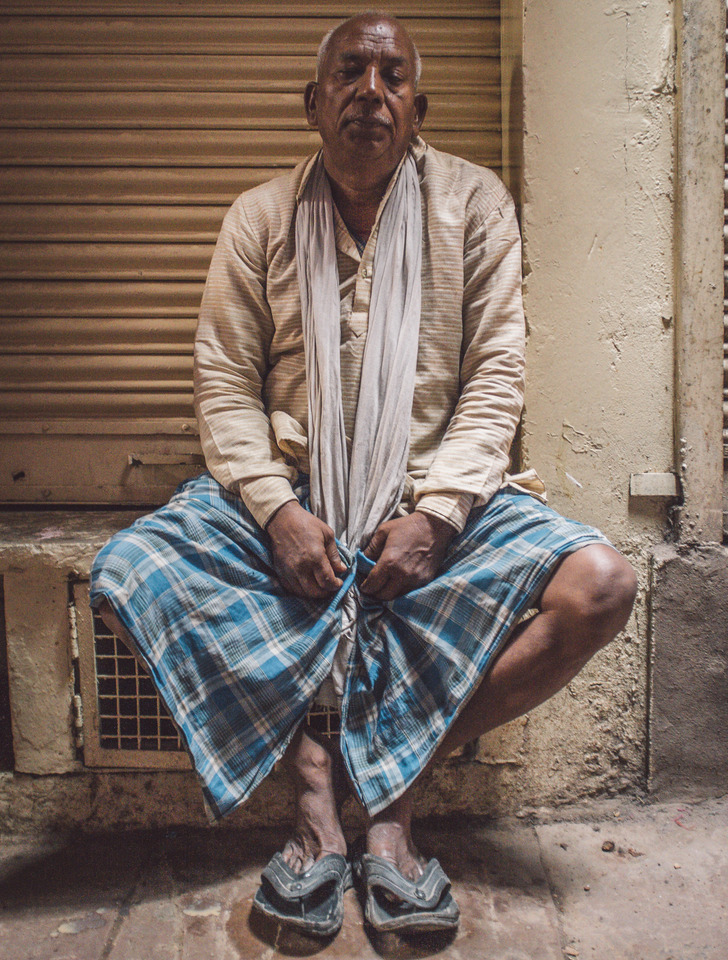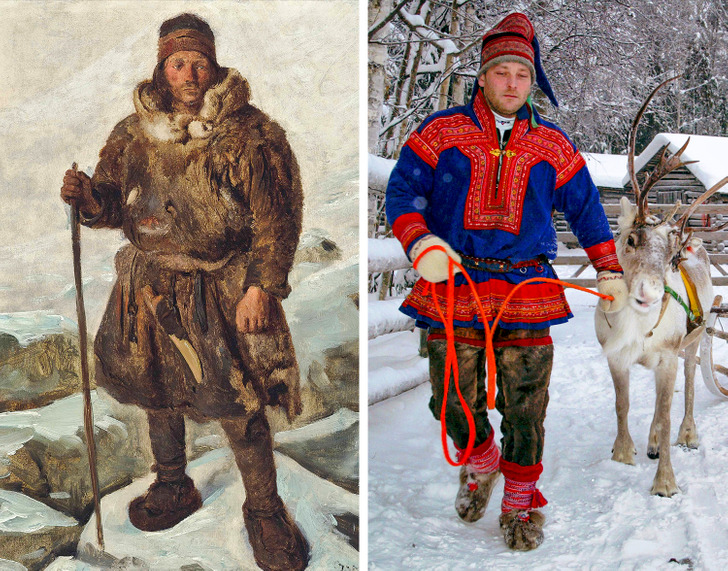The list is not complete. You did not understudy cultures in Africa specifically the Edo people in South South Nigeria. The cultural attire for the ethnic group for men is skirts. Kindly review your list and include. Thanks.
13 Countries Where Skirts Are Usually Worn by Men
Most of us might not know this, but skirts are actually the second-oldest type of clothing in the history of the world. These days, they are predominantly regarded as women’s clothing, but way back in the day, skirts were unisex garments, and men wore them with pride. Even nowadays, they are part of the traditional clothing of several cultures around the world.
1. Fiji — Sulu
A sulu is similar to a kilt and has been worn by men and women in Fiji since their colonization in the nineteenth century. The word “sulu” literally means clothing in the iTaukei language, and it was brought in by missionaries who came from Tonga. It’s made of a rectangle-shaped piece of cloth and comes in various lengths, like below-the-knee and ankle-length. It’s wrapped around the hips with a tie at the waist or an elastic band.
2. Ancient Egypt — Shendyt
Ancient Egypt is where distinctions in skirt fashion started. The Egyptian skirt, known as the shendyt, was a simple cloth wrapped around the lower body. However, it was also used as a form of distinction between the lower and upper classes. You could tell their social class by the quality of their shendyt, as it demonstrated how rich the wearer was.
3. Indonesia — Sarong
The sarong is the Indonesian version of a skirt, and it was also predominantly worn by men. The sarong is around one yard in length, and the material is stitched together in a specific way to form a tube shape. In the center of the sarong, there are a variety of different colors that contrast with the rest of the fabric. It is worn by stepping into the tube with the kepala or the head of the sarong at the back part, folding the remaining parts from both sides to the front, and then rolling the hem down to secure it.
4. Scotland — Kilt
The Scottish kilt originates from the Scottish highlands, worn by Gaelic men. It is still worn nowadays during formal occasions like weddings, traditional Scottish dances, and birthdays. The kilt is made from a woolen cloth, using a tartan pattern that represents the different regions of Scotland.
5. China — Hanfu
Hanfu is the traditional clothing worn by the Han Chinese people. After the Han Dynasty, hanfu was developed into a variety of styles using materials that include several complex textile production techniques, particularly those used to produce silk. Traditionally, hanfu is a robe or a jacket worn as the upper garment, with a skirt commonly worn as the lower garment.
6. Greece — Fustanella
The fustanella is considered to be part of the Balkan folk garments. In Greece, a short version of it has been worn by military ceremonial special units, like the Evzones, since 1868. It was also a popular piece of clothing in Albania, where it was worn by the Royal Guard in the interbellum era. Both Greece and Albania consider the fustanella to be the national costume of the country.
7. Myanmar — Longyi
A longyi is a sheet of cloth mainly worn in Myanmar — Asia. It is approximately 2 meters long and 80 centimeters wide. The cloth is often sewn into a cylindrical shape. It is worn around the waist as with most skirts and held in place by folding fabric over without using a knot. It is often worn at the knee to make it more comfortable.
8. Japan — Hakama
Hakama is the traditional Japanese clothing that was adopted from the Chinese imperial court in the 6th century — it’s tied at the waist, and it falls to the ankles. Hakama are worn over a special kimono that has been specially adapted for wearing hakama, and it’s called hakamashita. Wearing a hakama represents a higher social status than normal.
9. Bhutan — Gho
Gho was introduced in the 17th century as a national dress for men in the country of Bhutan. In Bhutan, it is actually required by the government for all men to wear the gho if they work in a government office or school. They are also obligated to wear their national dress on other formal occasions. This law was created in 1989, but the actual dress code is a lot older.
10. India — Lungi
The lungi originated in India. Along with its traditional purpose, a lungi is also an article of casual clothing in India, especially where the humidity and heat get really high, in order to avoid sweating. Lungi replaces casual and tight clothes like trousers.
11. Norway — Sámi wear
Sámi people used to inhabit the region of Sápmi, better known as Lapland, which today is considered large part of Norway, Sweden, and Finland. The patterns and decorations used on their traditional clothes can signify a person’s marital status and geographical origin.
12. South Korea — national dress
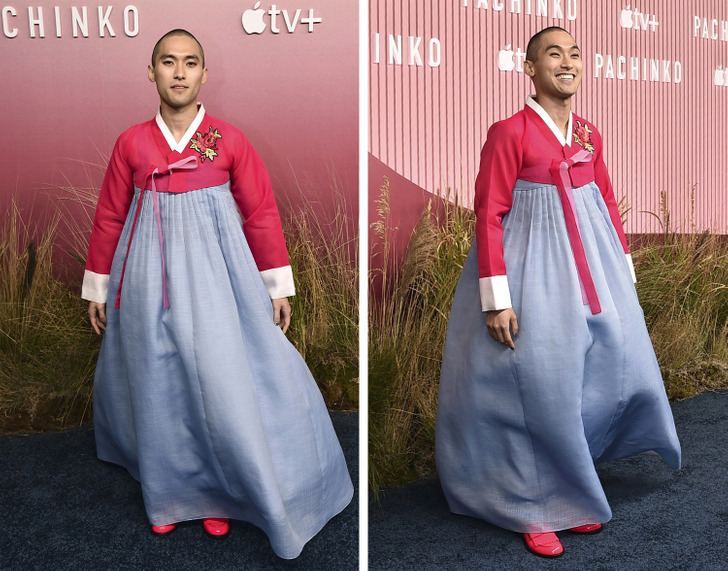
The fashion cult of men wearing skirts is pretty powerful in Korea. Pop idols and celebrities are happy to perform wearing their favorite skirts or dresses, while the majority of fans show their appreciation and love toward their favorite stars.
13. America — different types of skirts
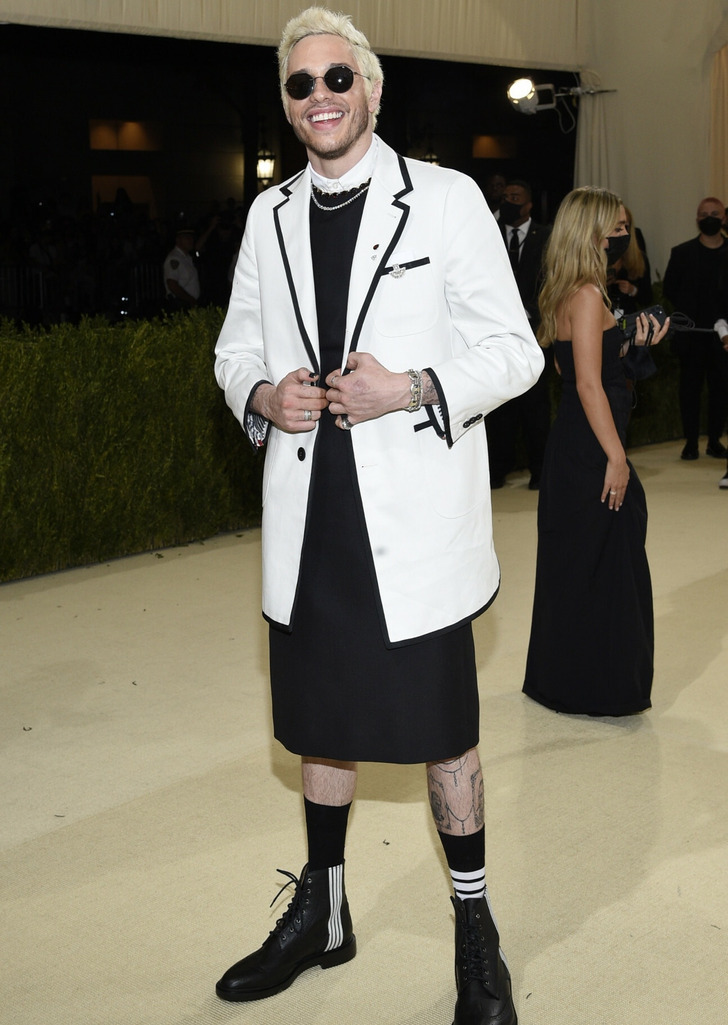
Many American people prefer skirts over pants. It is mainly seen among Hollywood idols, but not only! Wearing skirts are on an up-rise again, among regular people as well.
What do you think of men wearing skirts? Which traditional skirt seemed the most beautiful to you?
Comments
Related Reads
10+ People Whose Love Can’t Be Destroyed by Routine and Everyday Struggles

15 People Who Found Something Way Cooler Than a Wallet Filled With Money

11 Comics That Show a Tremendous Difference Between the Recent Past and the Present

A Girl Fakes Losing Her Passport to Avoid Babysitting Her Nephews, and Asks Public If She Did the Right Thing

19 Moments That No One Would Believe If They Weren’t Captured on Camera

6 Psychological Habits That End Up Hurting You

11 Riddles That Toasted Our Brain Like a Marshmallow

10 Family Conflict Stories That Will Leave You Shocked

My In-laws Invited Everyone to a Family Gathering — Except For My Kids

14 Mysterious Events That Made People Think: “I Won’t Get Over This!”

14 Discoveries That Turned Out to Be More Brutal Than People Thought

My Husband Revealed His True Colors in a Conversation With His Mom; I’m Heartbroken

